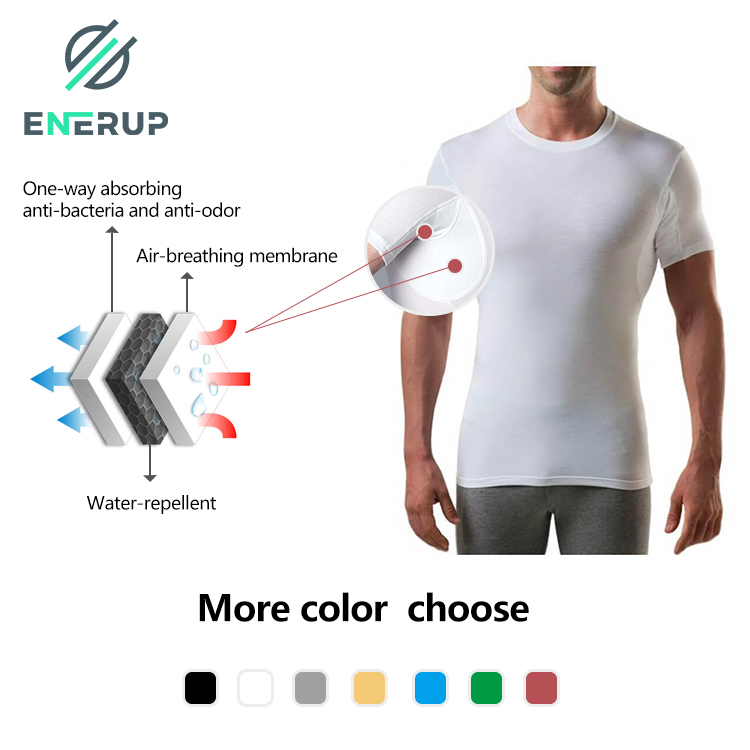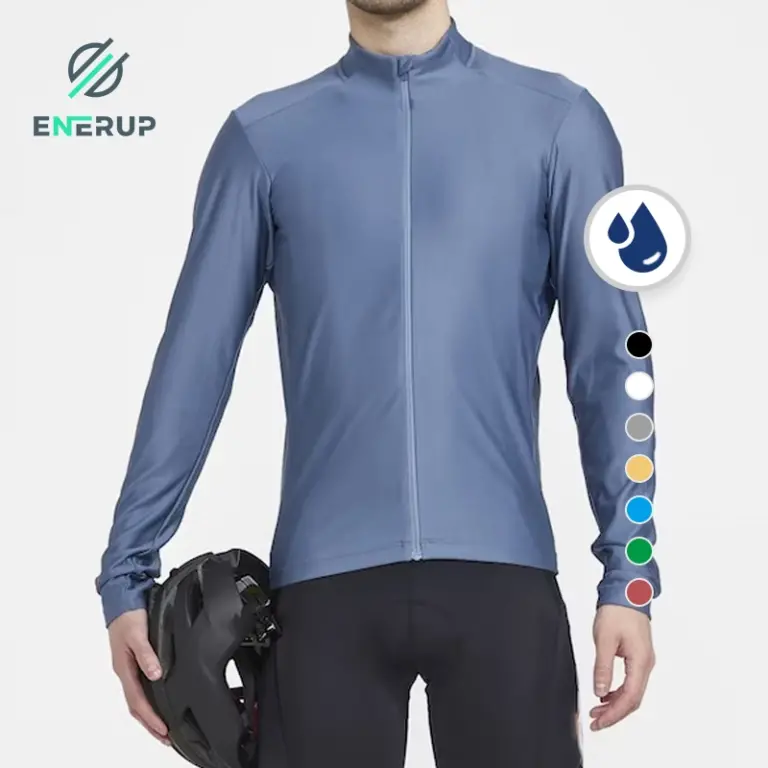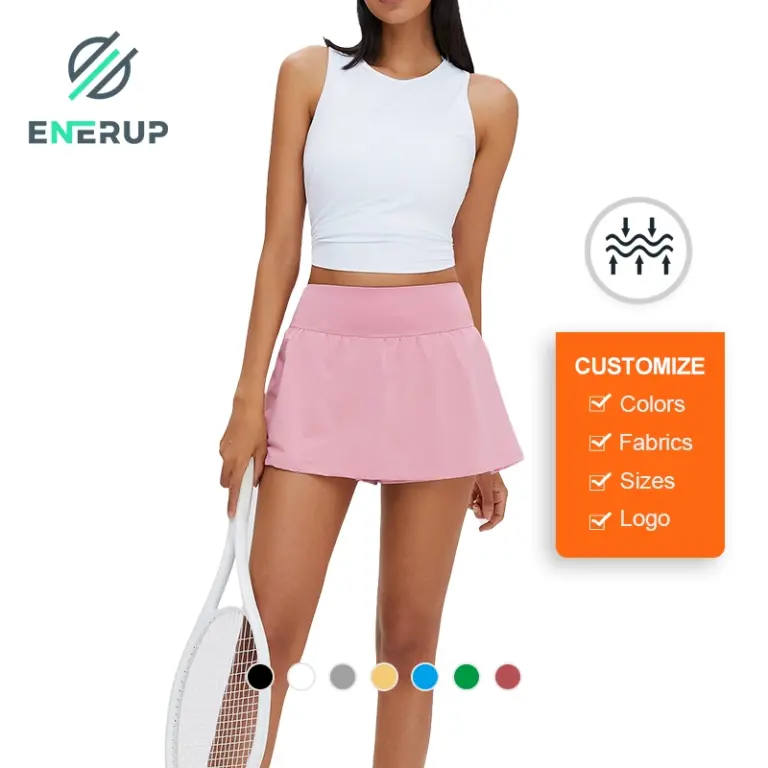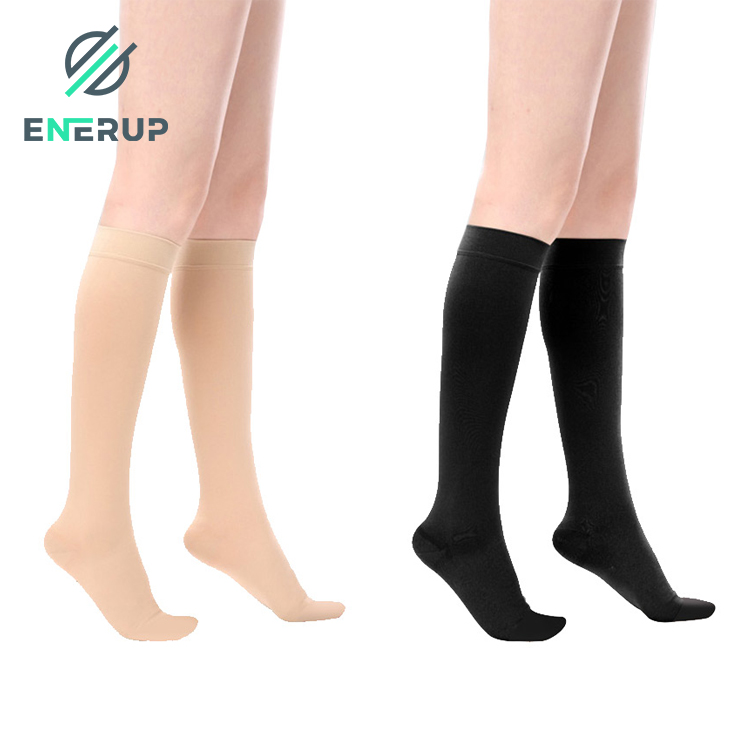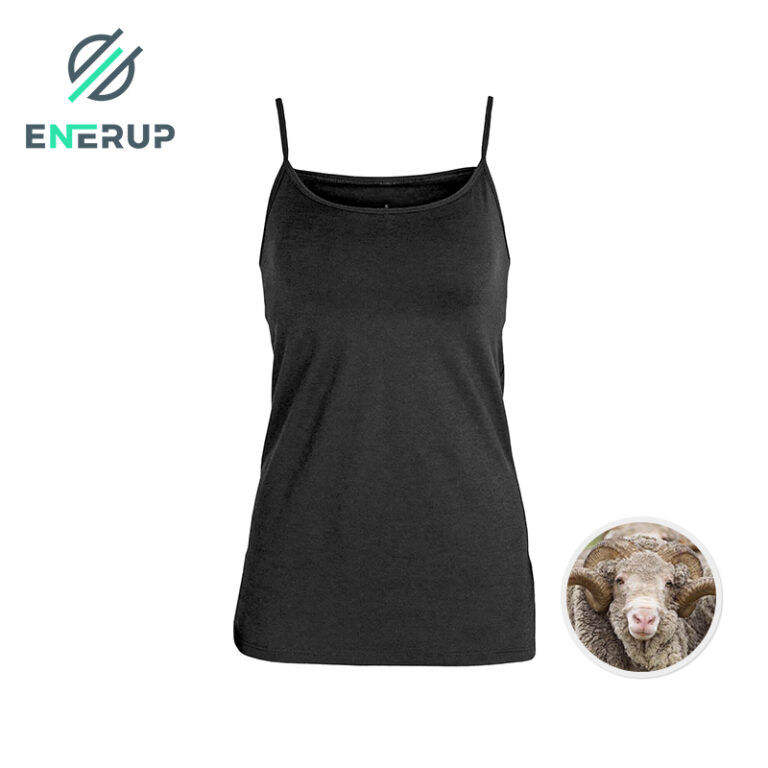Amidst the swift advancement of contemporary science and technology, the design of sportswear has evolved far beyond mere garment production. It now encapsulates a holistic technology that harmonizes knowledge from diverse disciplines such as ergonomics, material science, and sports physiology. Recognizing its crucial role and irreplaceable presence in athletes’ gear during competitions, it is incumbent upon sportswear designs to not only fulfill basic wearability but also strive for an optimal equilibrium between comfort and performance. In this study, our discourse will explore the strategies for achieving an ideal balance between comfort and performance in sportswear design, particularly through leveraging principles of ergonomics.
The application of ergonomics in sportswear design
Ergonomics, as a science, meticulously explores the form and function of the human anatomy in correlation with its interplay with environmental surroundings. In relation to athletics apparel design, the incorporation of ergonomics primarily manifests itself through an intensive examination of anatomical structure, kinesthetic states and physiological requirements. To create athletic wear that adheres more closely to ergonomic principles, designers must acquire a comprehensive understanding of varying sport characteristics; analyzing alterations in an athlete’s physique during physical exertion is also essential to this process.
Human form analysis
Human form is the foundation of sportswear design. Designers need to accurately measure and analyze the size, proportion and curve of each part of the human body to ensure that the sportswear can fit the human body and reduce the resistance during exercise. At the same time, designers also need to take into account the differences in the body types of different people to design inclusive sportswear to meet the needs of different athletes.
Sports condition analysis
Sports condition is the key to sportswear design. Different sports have different physical requirements for athletes, and the design of sportswear needs to be adjusted according to the athletes’ sports status. For example, when running, athletes need to move quickly, sportswear needs to have good breathability and perspiration; and when lifting weights, athletes need to withstand greater force, sportswear needs to have strong support and stability.
Physiological demand analysis
Physiological demand is the core of sportswear design. Athletes in sports will produce a lot of heat and sweat, sportswear needs to have good moisture absorption and perspiration to keep the athlete’s body dry and comfortable. In addition, sportswear also needs to have antibacterial and anti-odor properties to maintain the health of athletes.
Comfort and performance balance in sportswear design
Comfort and performance are two important and interrelated aspects of sportswear design. Comfort is related to the wearing experience of the athlete, while performance directly affects the athletic performance of the athlete. Therefore, how to achieve a balance between the two in design is an important issue for sportswear designers to face.
Material selection
Material is the key factor for the comfort and performance of sportswear. Designers need to choose materials with excellent breathability, moisture absorption and perspiration to ensure that athletes can stay dry and comfortable during exercise. At the same time, the elasticity, abrasion resistance, wrinkle resistance and other properties of the material also need to be considered to meet the needs of athletes in different sports.Harvest SPF Textile’s athletic apparel is made of polyester, spandex or customized materials, and each piece of athletic apparel is finely engineered and adjusted according to the principles of ergonomics to make sure that it fits the athlete’s body and provides the greatest possible comfort.
Structural design
Structural design is an important means of achieving a balance between comfort and performance. Designers need to rationally design the shape, cut and stitching of sportswear according to the athletes’ sports characteristics and physiological needs. For example, ergonomic cutting is used to make the sportswear closer to the human body curve; zoning design is used to provide targeted treatment according to the amount of sweat in different parts of the body; and seamless splicing technology is used to reduce the friction and resistance during exercise.
Functional design
Functional design is an important way to enhance the performance of sportswear. Designers can enhance the safety and practicality of sportswear by adding special functional elements, such as reflective strips, waterproof coatings and warmth-retaining layers. At the same time, designers can also use smart technologies, such as temperature sensing and heart rate monitoring, to provide athletes with more comprehensive and personalized sports support.Harvest SPF Textile’s sportswear features warmth and sun protection, which protects athletes in a variety of environments and conditions. This is achieved through the use of fibers and fabrics with warmth and sun protection properties that block UV rays and protect the skin from damage.
Conclusion
Ergonomics in sportswear design is the key to achieving both comfort and performance. Through in-depth analysis of human morphology, movement status and physiological needs, combined with advanced material, structural and functional design techniques, sportswear can provide athletes with better quality and more efficient sports equipment. Looking into the future, with the progress of science and technology, sportswear design will keep innovating and developing.


